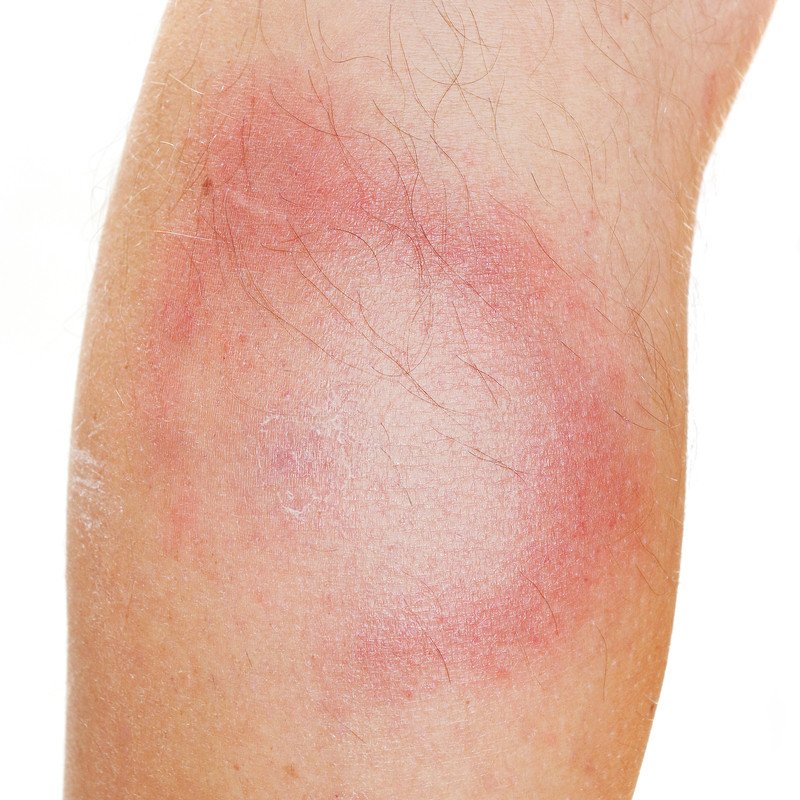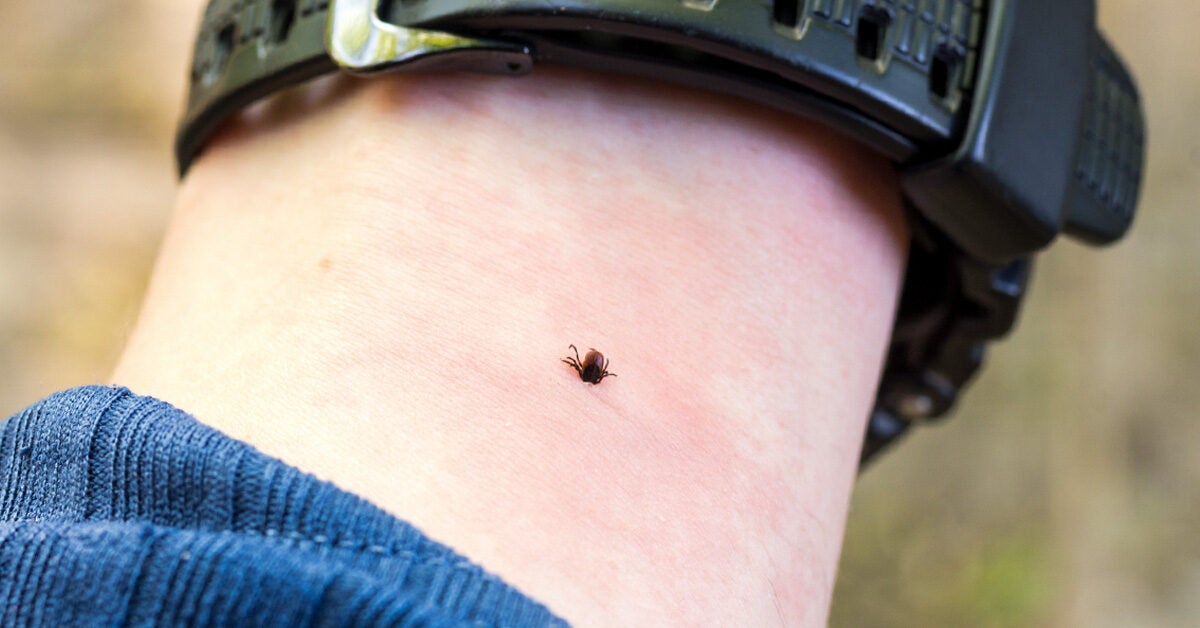
The symptoms of Lyme disease may look like other medical conditions or problems. Research is underway to develop and improve methods for diagnosing Lyme disease.

Testing is generally done to confirm the diagnosis and rule out other conditions. Diagnosis is usually based on symptoms and a history of a tick bite. The primary symptom is a rash, but it may not be present in up to 20% of cases.ĭiagnosis for Lyme disease must be made by a healthcare provider experienced in recognizing Lyme disease. Lyme disease is difficult to diagnose because symptoms are not consistent and may mimic other conditions. Usually, these are characterized by persistent musculoskeletal and peripheral nerve pain, fatigue, and memory impairment. A condition also known as chronic Lyme disease includes PLDS, but also other syndromes. Some people may develop post-Lyme disease syndrome (PLDS). Neurological symptoms including numbness in the extremities, tingling and pain, and difficulties with speech, memory, and concentration Months to a few years after a bite, the following symptoms may include: Heart problems, including inflammation of the heart (myopericarditis) and problems with heart rateĮye problems, including inflammation (for example, red eye) Neurological symptoms, including inflammation of the nervous system (meningitis) and weakness and paralysis of the facial muscles (Bell palsy) Weeks to months after the bite, the following symptoms may develop: Several days or weeks after a bite from an infected tick, you may have flu-like symptoms such as the following:
TICK BITES SKIN
But symptoms are slightly different for each person.Ĭan appear several days after infection, or not at allĬan be very small or grow very large (up to 12 inches across), and may resemble a "bulls-eye"Ĭan mimic such skin problems as hives, eczema, sunburn, poison ivy, and flea bitesĬan itch or feel hot, or may not be felt at allĬan disappear and return several weeks later The following are the most common symptoms of Lyme disease. The list of possible symptoms is long, and symptoms can affect every part of the body. Having pets that can bring the ticks into the home Working or spending time outdoors in areas where the black-legged deer tick or Western black-legged deer tick is found Tick-borne diseases include:įactors that can increase your risk for getting Lyme disease include: While most tick bites are harmless, several species can cause life-threatening diseases. Depending on the location, anywhere from less than 1% to more than 50% of the ticks are infected with it. Not all ticks carry the Lyme disease bacteria. Ticks prefer to live in wooded areas, low-growing grasslands, and yards.

Western black-legged tick (Pacific coastal U.S.) The ticks that carry the spirochete are:īlack-legged deer tick (northeastern, mid-Atlantic, and North-Central U.S.) Lyme disease is caused by bacteria that is spread to humans by tick bites. and in large areas in Europe and Asia, but the most common areas are the Northeast, upper Midwest and northwestern states. Cases of Lyme disease have been reported in nearly all states in the U.S. This is where the illness was first identified in the United States in 1975.Īlthough Lyme disease is a year-round problem, April through October is considered tick season. The disease takes its name from Lyme, Connecticut. This spiral shaped bacterium is most commonly spread by a tick bite. Lyme disease is an infection caused by the bacteria Borrelia burgdorferi. If left untreated, people may develop neurological symptoms and heart problems, and have an approximately 60 percent chance of developing Lyme arthritis. The first sign of Lyme disease is often an expanding round or oval red "bullseye" rash.

The symptoms of Lyme disease depend on the how long the infection has been present in the body. There are over 300,000 estimated new cases of Lyme disease in the United States each year. Lyme disease is an infection caused by the spiral-shaped bacteria Borrelia burgdorferi, which is most commonly transmitted by a tick bite.


 0 kommentar(er)
0 kommentar(er)
